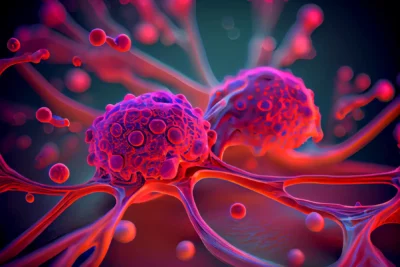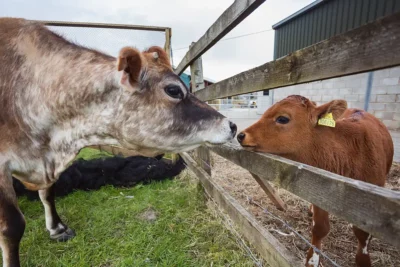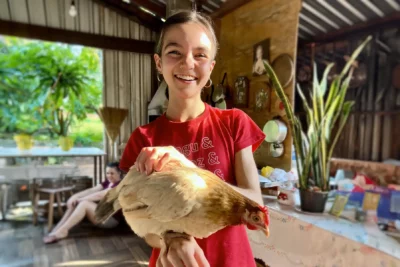Pearls are produced naturally by a group of beings called bivalves, which includes oysters, clams, and mussels. The sentience of bivalves, notably their ability to feel pain, stress, or discomfort, is contested by some, which can make the ethics of harvesting pearls a confusing question.
For us — and we will explain why in this post — harvesting anything from an animal who may have the capacity to feel pain is to be avoided. Erring on the side of caution when it comes to suffering is the kindest option, and this is made easier as there are many alternatives to pearls available.
How Are Pearls Made?
A pearl is a bivalve’s response to foreign stimuli entering their shell. The iridescent material we see on jewelry is actually a substance called ‘nacre’ which is produced by the bivalve to cover the foreign substance and protect their body from it. For humans, it is similar to our reaction when we get some grit in our eye — we shut our eyes and produce tears to wash away the grit.
Pearls occur naturally in around 1 in 10,000 oysters, and a full-size pearl takes up to three years to produce, which makes them extremely rare, and was once the reason they were so valued.
The Pearl Industry
The pearl industry is built on rarity. Pearls were once harvested from animals in the wild one at a time and over-harvesting decimated the oyster population. It was also a highly dangerous occupation. In fact, the mortality rate of pearl divers was once around 50 percent. Those buying pearls rarely thought about these impacts, let alone considered the ethics of taking oysters or clams from their natural habitats and prying them open. Whether or not there was a pearl inside, without their protective shell, the animals almost certainly die or are quickly killed.
Today, like most forms of farming, pearl harvesting has been industrialized, and oysters (sometimes clams and mussels, too) are farmed in huge numbers by suspending nets in the ocean. Farmers use a process called ‘culturing,’ where they flood oysters with irritants like sand to initiate pearl production. This allows the industry to extract pearls faster and in higher quantities. And of course, it kills more animals.
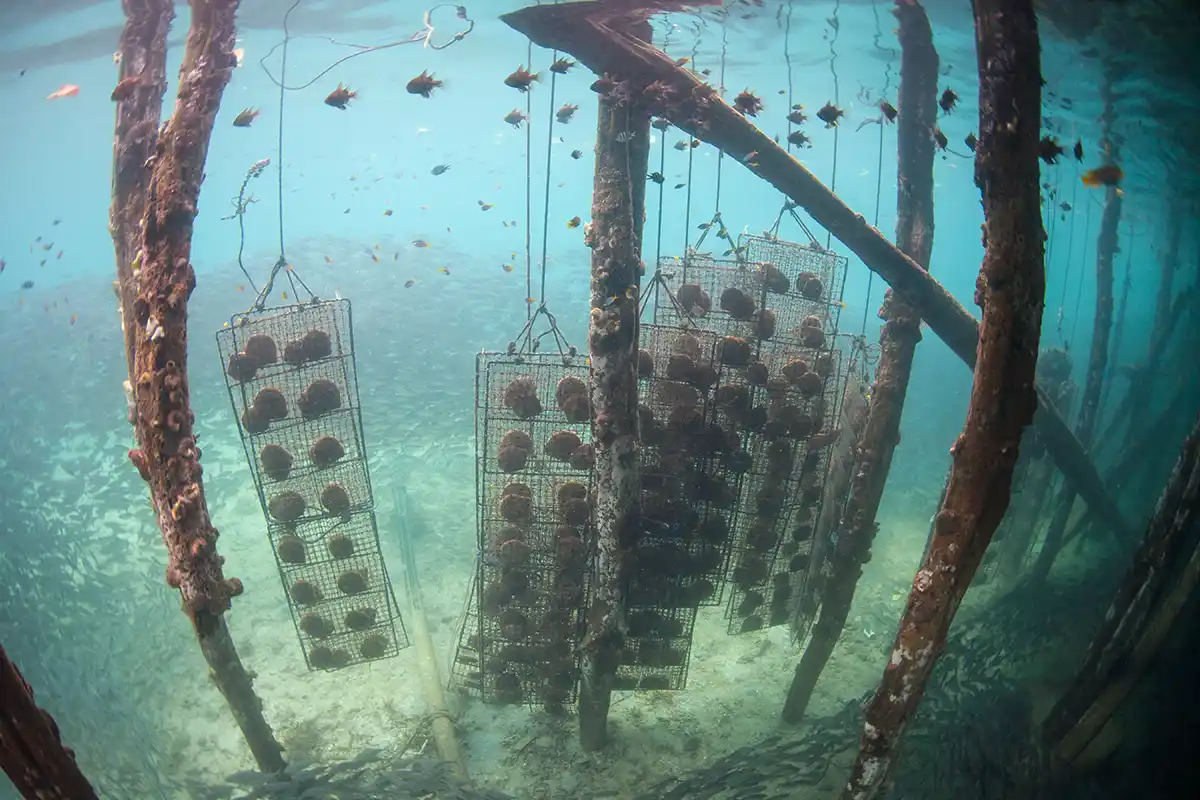
Can Bivalves Feel Pain?
Bivalves, such as oysters, have complex biological systems, and anatomically they share many similarities with us, including a heart, mouth, and stomach. Whilst it is true that they have no brain comparable to humans or many other non-human animals, they do possess something called ganglia, groups of nerves that control an oyster’s responses to stimuli. Humans also have ganglia, which act as a sort of extra brain that controls instinctive responses, so our brain doesn’t have to. Whether this qualifies oysters to feel pain in the same way we do, nobody really knows, but it is a certainty that they react when they encounter foreign stimuli, in order to protect themselves. Why do this if they didn’t have some form of desire to exist?
Some pearl farms re-use oysters to create more pearls, while others kill the animals once the first pearl is harvested. Ultimately, however, all are killed.
Harvesting pearls (and eating oysters) is done by sticking a knife into the abductor muscle of the oyster and prying them open. If there was any chance at all that they can experience pain, which there most certainly is, is this an experience we want to put them through?
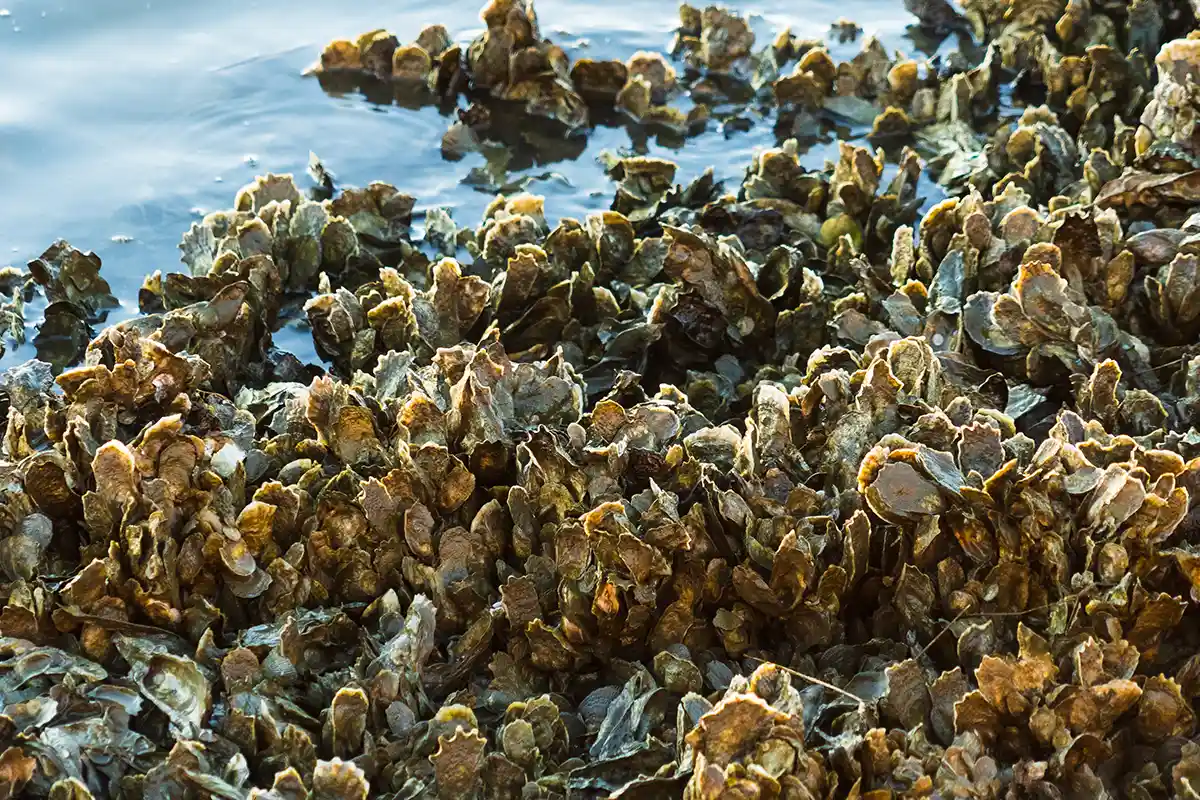
Natural Pearls and Cultivated Pearls: Is There an Ethical Difference?
Some people argue that the intensive harvesting of cultivated pearls is a bigger problem than taking pearls from the wild. And we agree that intensification of any form of farming is not a good thing for the animals. But that does not mean that harvesting natural pearls is ethical as it requires thousands of oysters to be pried open in case one might contain a pearl.
Pearl Alternatives
Harvesting pearls is an old practice, but today there are better, kinder ways to create pearls without harming animals. Some imitation pearls still use parts of animals, such as the scales from fishes, in the coating but there is one beautiful vegan alternative: crystal pearls.
Not only are they more ethical but they have other advantages too, such as being more resistant to sunlight and being more tolerant of everyday chemicals such as perfume. This means they last longer.
But for us, the greatest advantage is not risking causing pain to an animal.
Conclusion
While the ethics of harvesting pearls is not the hottest topic in animal ethics, we still think it’s worthy of consideration. 17 million tonnes of bivalves are harvested every year for food and pearls, which in terms of individuals is far too many to count, so the potential suffering to them is unimaginable.

